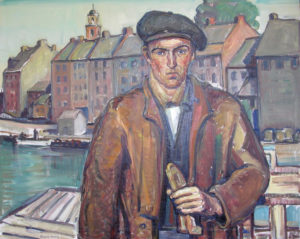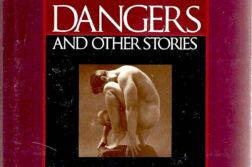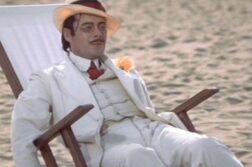I DIDN’T LIKE Russell Cheney at first. I encountered him through F. O. Matthiessen, his more famous younger partner. Matthiessen is credited with founding the discipline of American Studies, and he was the author of the classic text American Renaissance: Art and Expression in the Age of Emerson and Whitman (1941). He and Cheney, an American Impressionist painter, were a gay couple who lived in Kittery, Maine, very close to where I grew up. That fact, plus Matthiessen’s literary reputation, intrigued me. Cheney seemed important only by association.
I began reading their correspondence, a selection of which was published in Rat and the Devil: Journal Letters of F. O. Matthiessen and Russell Cheney (1978). (“Rat” and “Devil” were their nicknames for one another.) The men exchanged roughly 3,000 letters between first meeting aboard the Paris crossing the Atlantic in 1924 and Cheney’s death in 1945. Matthiessen’s letters were intimate, reflective, and literary. They popped with insights. Cheney, an heir to a silk manufacturing dynasty, seemed more breezily patrician: “I stayed at this hotel”; “I had lunch at that restaurant.” His apparent superficiality bored me, but only at first.
Scott Bane’s journalism has appeared inHuffington Post, Santa Fe New Mexican, andPoets & Writers. He lives in New York.








